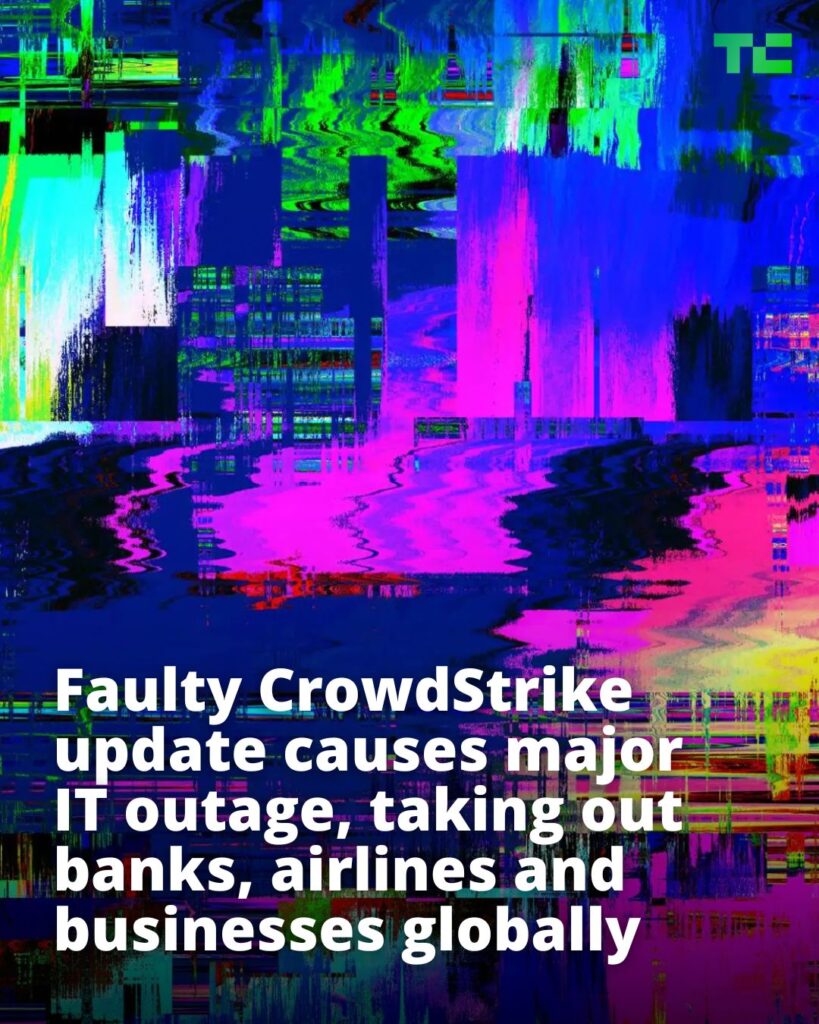
Disasters like this will happen, no matter how careful we are. In this case, a company pushed an update straight to all the systems that IT had no control over. Anyone could have been affected, regardless of the solutions you have in place.
What’s important is having a plan to recover quickly. Does your IT team have a plan for these situations? Do they know how to respond and fix things fast?
Recovery Matters: How quickly you can fix things is crucial.
Cloud Helps: Using cloud services can make recovery faster and easier.
Have a Plan: Make sure your IT team has a strong recovery plan.
Practice Makes Perfect: Regular practice, like tabletop exercises, helps everyone know what to do when disaster strikes.
Grounded flights. Healthcare networks. Your office laptop or even grocery store checkouts.
The CrowdStrike outage has impacted a huge amount of businesses and networks, with rampant reports of IT outages, including Windows “blue screen of death” errors on their computers, in what has already become one of the most widespread IT disruptions in recent years.
The outage — linked to a software update from popular cybersecurity firm CrowdStrike — has affected computers running Microsoft Windows at organizations across various sectors, including airlines, banks, retailers, brokerage houses, media companies, and railway networks.
CrowdStrike’s chief executive, George Kurtz, confirmed in a post on X that a “defect” in a content update for Windows hosts had caused the outage, and Kurtz ruled out a cyberattack. He added that the firm was rolling out a fix and that Mac and Linux hosts were not affected.
Read more from Manish Singh: http://tcrn.ch/46dyENz
hashtag#TechCrunch hashtag#technews hashtag#crowdstrike hashtag#cybersecurity hashtag#itoutage